Home>Gardening & Outdoor>Landscaping Ideas>How Was Grass Cut In The 1800s
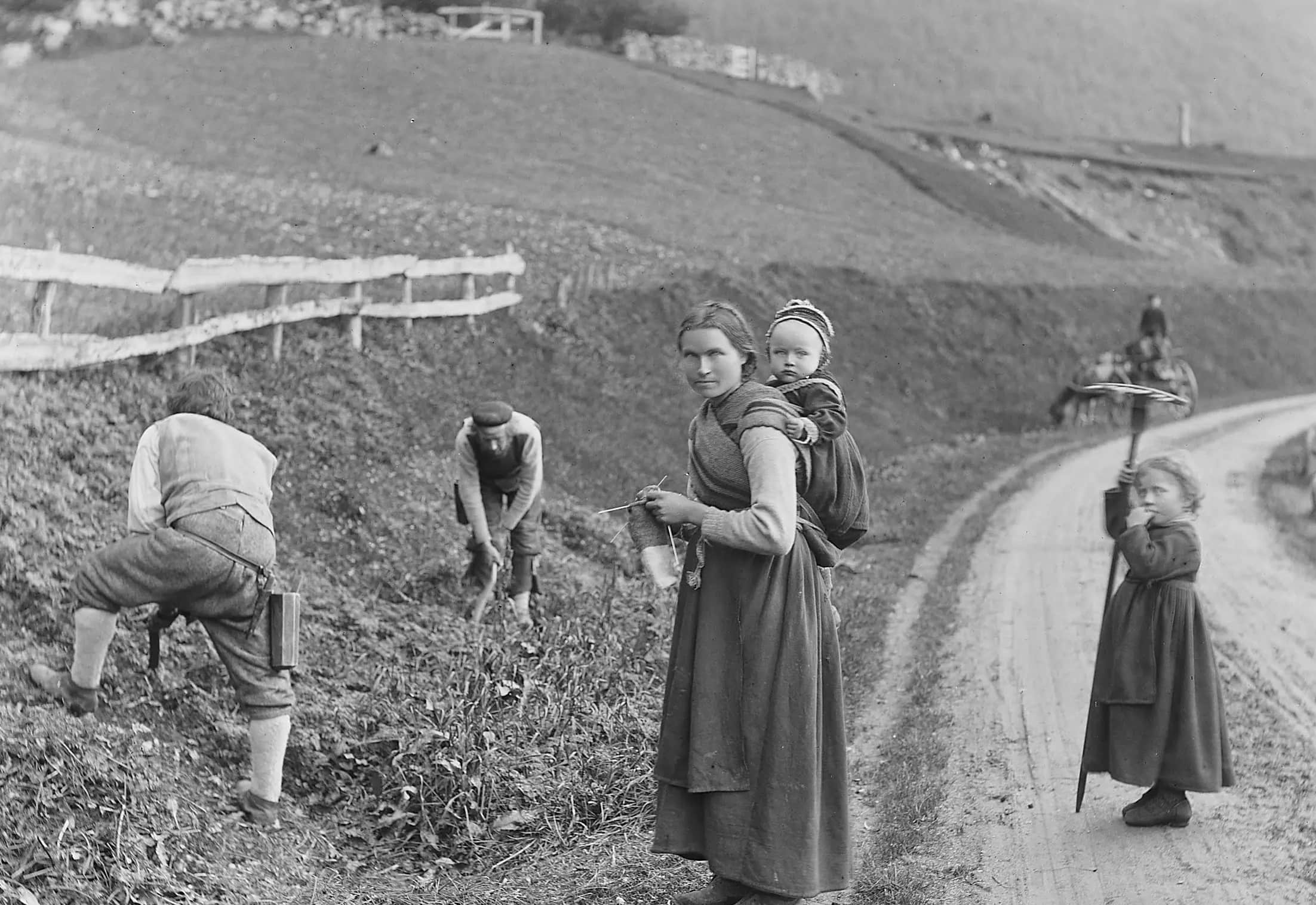

Landscaping Ideas
How Was Grass Cut In The 1800s
Modified: October 19, 2024
Discover the historical methods of grass cutting in the 1800s and gain inspiration for modern landscaping ideas. Explore traditional techniques and innovative approaches.
(Many of the links in this article redirect to a specific reviewed product. Your purchase of these products through affiliate links helps to generate commission for Storables.com, at no extra cost. Learn more)
Introduction
In the 1800s, the art of grass cutting was a far cry from the streamlined, motorized processes we are familiar with today. The lush, sprawling lawns that adorn modern landscapes were once meticulously maintained using manual tools and early grass cutting machines. This era marked the inception of innovative techniques that laid the groundwork for the development of the lawn mowers we rely on today. Exploring the history of grass cutting in the 1800s offers a fascinating glimpse into the evolution of landscaping practices and the enduring human quest for efficient and effective lawn maintenance. Let's embark on a journey through time to uncover the captivating story of how grass was cut during this transformative period.
Key Takeaways:
- Grass cutting in the 1800s involved manual tools like scythes and sickles, paving the way for modern lawn mowers and shaping the aesthetic appeal of outdoor spaces.
- The transition from manual grass cutting to early mechanized solutions marked a significant turning point in the history of lawn maintenance, setting the stage for the development of more sophisticated and efficient grass cutting technologies.
Read more: How To Cut Grass
Manual Grass Cutting
Before the advent of mechanized tools, grass cutting was a labor-intensive task that relied on manual implements. In the 1800s, individuals meticulously maintained their lawns using a variety of hand tools, including scythes and sickles. These traditional tools required a considerable amount of physical exertion and skill to yield precise and uniform results. The process of manually cutting grass was not only time-consuming but also demanded a keen eye and steady hand to ensure an even and aesthetically pleasing finish.
Manual grass cutting was often a communal endeavor, with labor-intensive tasks being tackled by groups of workers or family members. The rhythmic swishing of the scythe or the delicate precision of the sickle became emblematic of the era, embodying the intimate connection between humans and the land they cultivated.
Despite the challenges posed by manual grass cutting, it fostered a deep appreciation for the art of landscaping and instilled a sense of pride in the meticulous upkeep of outdoor spaces. The manual methods of grass cutting in the 1800s laid the groundwork for the development of innovative machines that would revolutionize lawn maintenance in the years to come.
Early Grass Cutting Machines
The 1800s witnessed the emergence of early grass cutting machines that sought to alleviate the physical demands associated with manual grass cutting. One notable invention of this era was the horse-drawn scythe, which mechanized the process by harnessing the power of draft animals to propel the cutting apparatus. This innovation significantly reduced the manual labor required for grass cutting, marking a pivotal step towards mechanized lawn maintenance.
Another significant development was the introduction of the lawn edger, a hand-operated device designed to trim the edges of lawns with precision. While not as sophisticated as modern edging tools, these early machines represented a shift towards mechanized precision in grass cutting practices.
Early grass cutting machines were often rudimentary in design and operation, yet they laid the groundwork for the technological advancements that would shape the future of lawn care. These pioneering inventions reflected a growing desire to streamline and optimize the process of grass cutting, setting the stage for further innovation in the realm of landscaping equipment.
The transition from manual grass cutting to early mechanized solutions marked a significant turning point in the history of lawn maintenance, paving the way for the development of more sophisticated and efficient grass cutting technologies.
In the 1800s, grass was cut using scythes, which are long, curved blades attached to a handle. The key to using a scythe effectively is to keep the blade sharp and to swing it in a smooth, rhythmic motion.
The Development of Lawn Mowers
The 1800s witnessed a remarkable evolution in the realm of lawn mowing, as inventors and engineers endeavored to create machines that could efficiently and effectively cut grass. One of the pioneering developments during this era was the invention of the first mechanical lawn mower by Edwin Budding in 1830. Budding’s innovative design featured a cylinder with blades that rotated as the mower was pushed forward, providing a precise and uniform cut to the grass. This groundbreaking invention laid the foundation for modern lawn mowers and revolutionized the way grass was maintained.
As the century progressed, advancements in engineering and manufacturing led to the refinement and commercialization of lawn mowers. The introduction of steam-powered and later gasoline-powered mowers further propelled the evolution of grass cutting technologies, offering increased power and efficiency in lawn maintenance.
The development of lawn mowers in the 1800s not only transformed the process of grass cutting but also influenced the design and layout of landscapes. With the ability to maintain grass at consistent heights, lawn mowers contributed to the creation of manicured lawns and formal gardens, shaping the aesthetic appeal of outdoor spaces.
These early innovations set the stage for the diverse array of lawn mowers available today, from traditional push mowers to advanced riding mowers and robotic models. The relentless pursuit of precision and efficiency in grass cutting during the 1800s laid the groundwork for the diverse and sophisticated lawn care technologies that define modern landscaping practices.
Grass Cutting Techniques in the 1800s
During the 1800s, a variety of grass cutting techniques emerged, reflecting the evolving landscape of lawn maintenance practices. The manual methods of scything and sickling persisted, requiring skilled labor and meticulous attention to detail. These traditional techniques, while labor-intensive, remained integral to grass cutting, particularly in rural and agrarian settings where mechanized tools were not readily accessible.
As early grass cutting machines gained traction, the utilization of horse-drawn scythes and mechanical lawn mowers became increasingly prevalent. The introduction of these machines revolutionized grass cutting techniques, offering a more efficient and expedient approach to lawn maintenance. The utilization of draft animals to power cutting implements represented a significant leap forward in the mechanization of grass cutting, paving the way for subsequent advancements in landscaping equipment.
Furthermore, the development of lawn mowers with rotating blades and the incorporation of steam and gasoline-powered engines ushered in a new era of grass cutting techniques. These technological innovations enabled individuals to achieve precise and uniform grass cutting on a larger scale, transforming the maintenance of expansive lawns and formal gardens.
As the demand for well-kept lawns and manicured landscapes grew, so did the need for specialized grass cutting techniques. The emergence of lawn edgers and the refinement of lawn mower designs offered enhanced capabilities for trimming and shaping grass, contributing to the meticulous upkeep of outdoor spaces.
Overall, the 1800s witnessed a dynamic shift in grass cutting techniques, encompassing a blend of traditional manual methods and the integration of innovative mechanized solutions. This transformative period set the stage for the diverse array of grass cutting techniques and equipment that continue to shape contemporary landscaping practices.
Read more: How To Cut Thick Grass
Conclusion
The 1800s marked a pivotal era in the evolution of grass cutting, witnessing a profound transformation in the techniques and tools utilized for lawn maintenance. From the labor-intensive manual methods of scything and sickling to the introduction of early grass cutting machines and the revolutionary development of mechanical lawn mowers, this period laid the groundwork for the modern landscaping practices we rely on today.
The transition from manual grass cutting to mechanized solutions not only alleviated the physical demands associated with lawn maintenance but also facilitated the meticulous upkeep of expansive lawns and formal gardens. The relentless pursuit of precision and efficiency in grass cutting techniques during the 1800s reflects the enduring human quest to harmonize with and enhance the natural environment.
Furthermore, the advancements in lawn mower designs and the integration of steam and gasoline-powered engines exemplified the era’s commitment to innovation, setting the stage for the diverse array of grass cutting equipment available in contemporary landscaping. The enduring legacy of the grass cutting techniques developed during this transformative period continues to shape the aesthetic appeal and functional maintenance of outdoor spaces.
As we reflect on the history of grass cutting in the 1800s, we gain a deeper appreciation for the ingenuity and perseverance that have shaped the landscape of lawn maintenance. The fusion of traditional craftsmanship and technological innovation during this era underscores the enduring significance of grass cutting as a fundamental component of landscaping and the enduring pursuit of efficient and effective lawn maintenance.
In essence, the story of grass cutting in the 1800s serves as a testament to the human capacity for innovation and adaptation, laying the groundwork for the sophisticated grass cutting techniques and equipment that define modern landscaping practices.
Frequently Asked Questions about How Was Grass Cut In The 1800s
Was this page helpful?
At Storables.com, we guarantee accurate and reliable information. Our content, validated by Expert Board Contributors, is crafted following stringent Editorial Policies. We're committed to providing you with well-researched, expert-backed insights for all your informational needs.

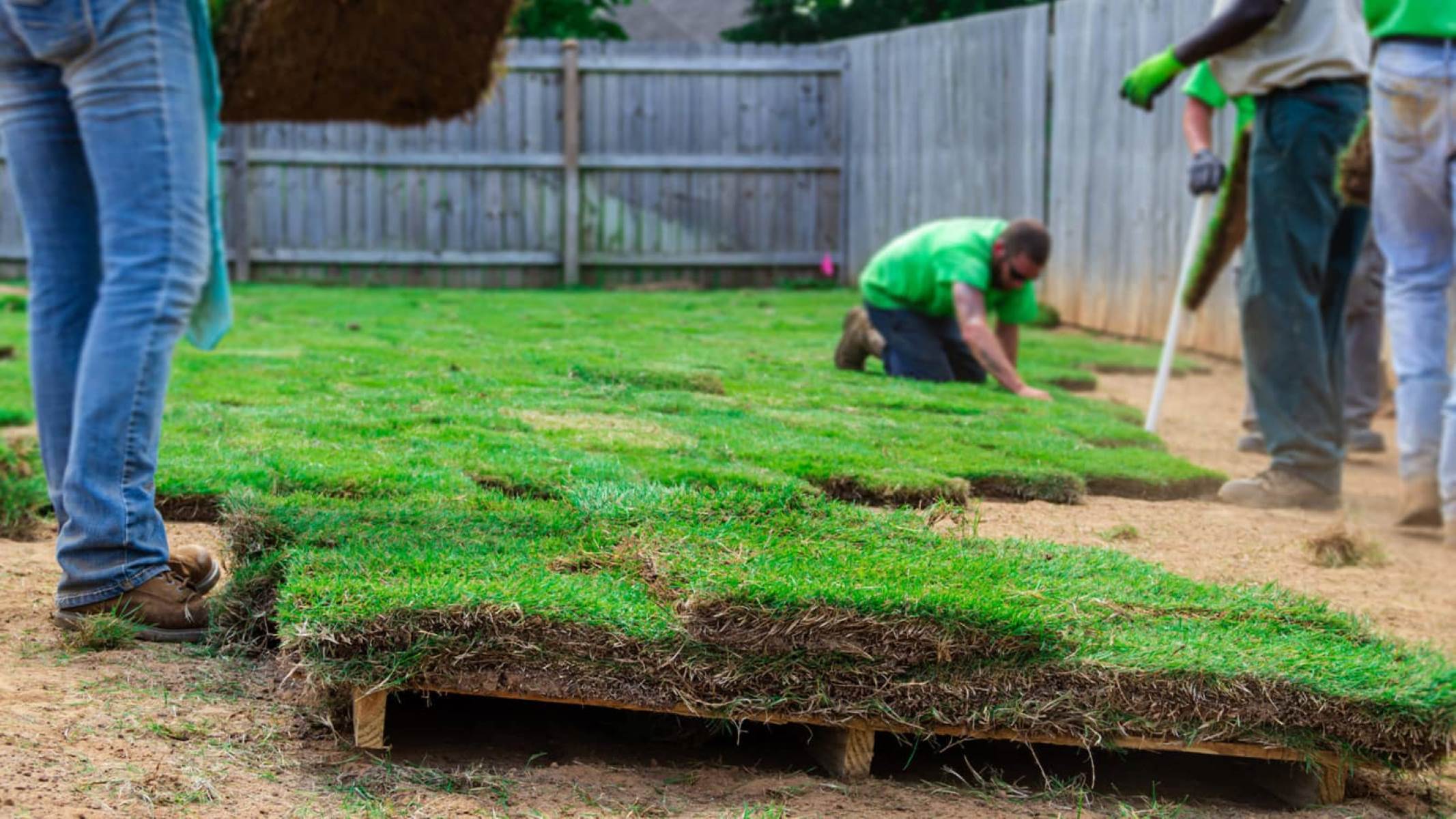
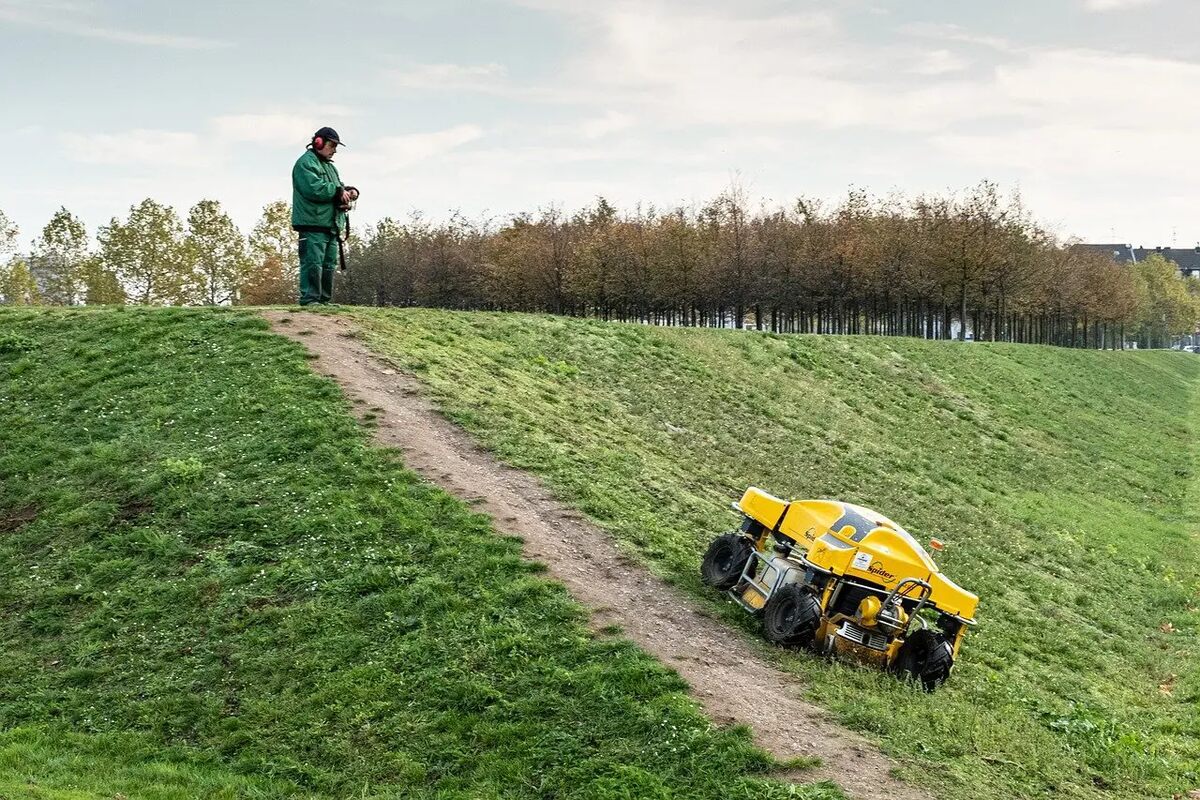
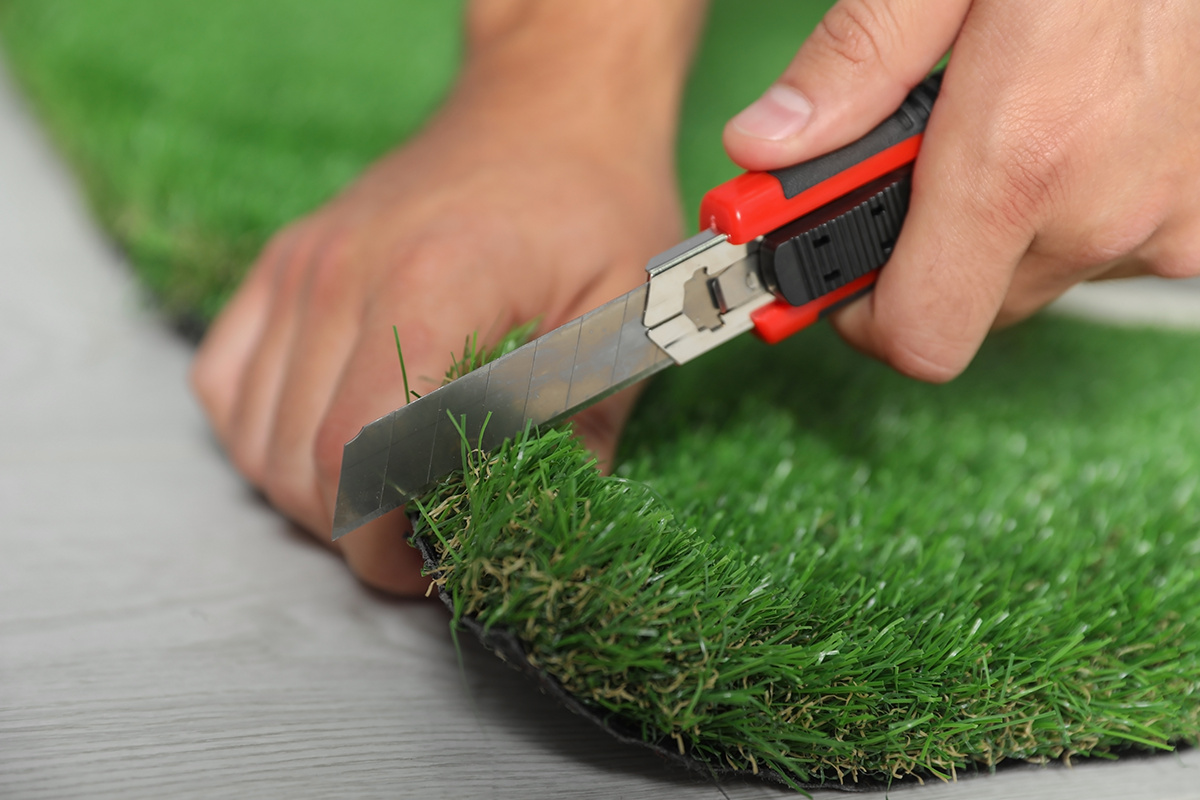
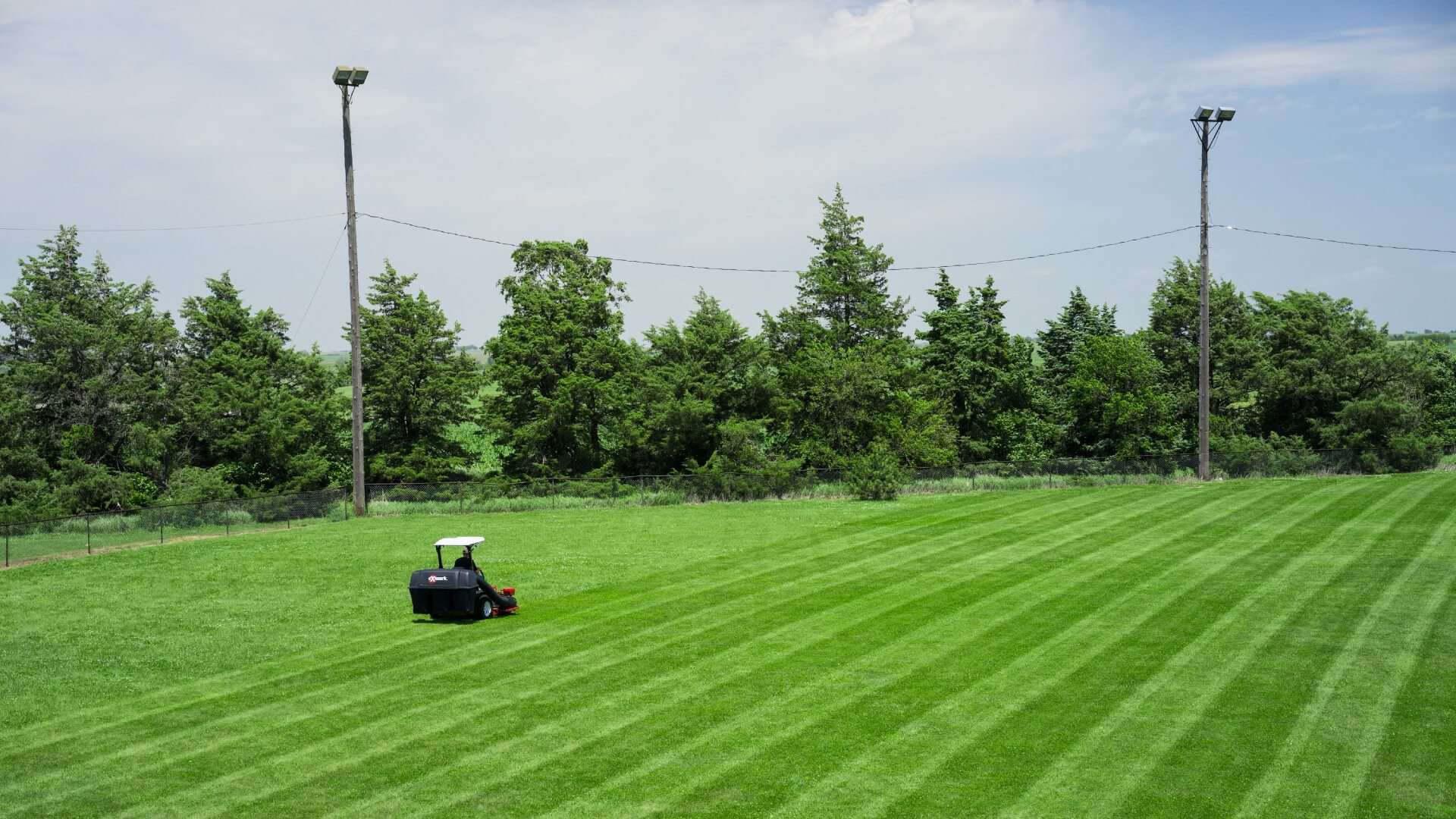

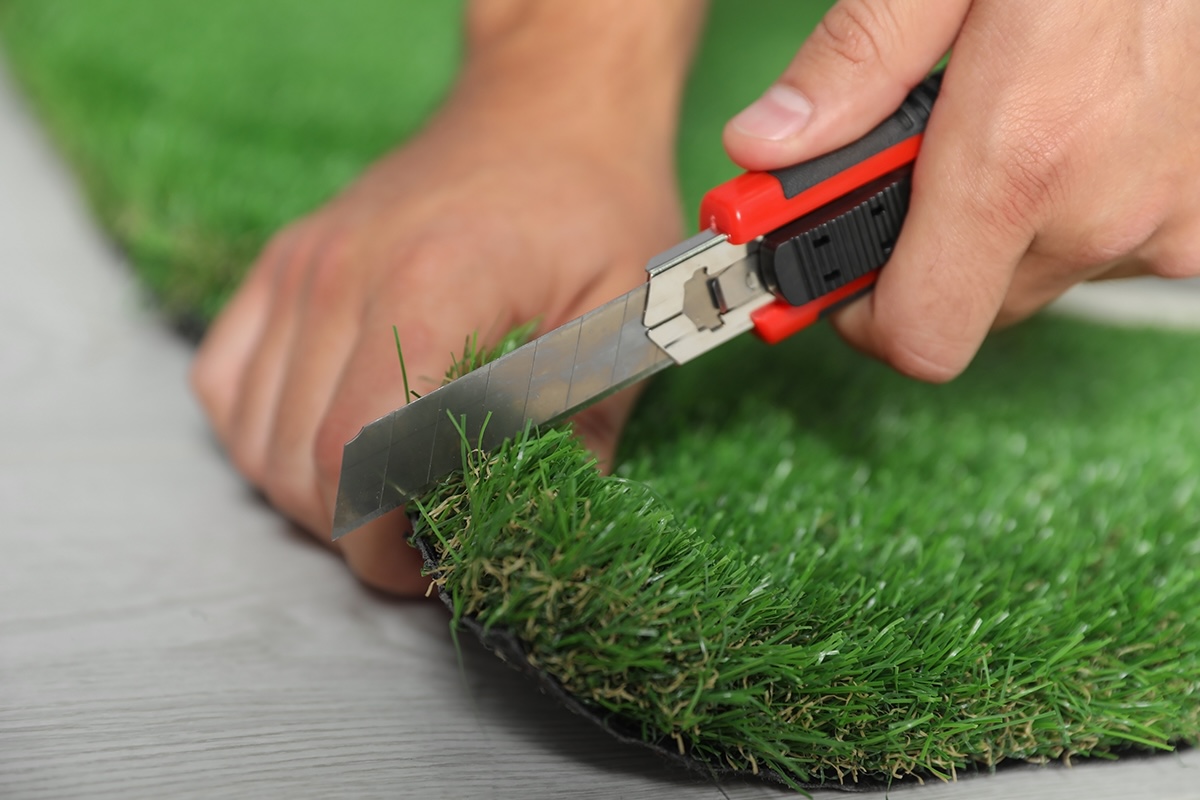

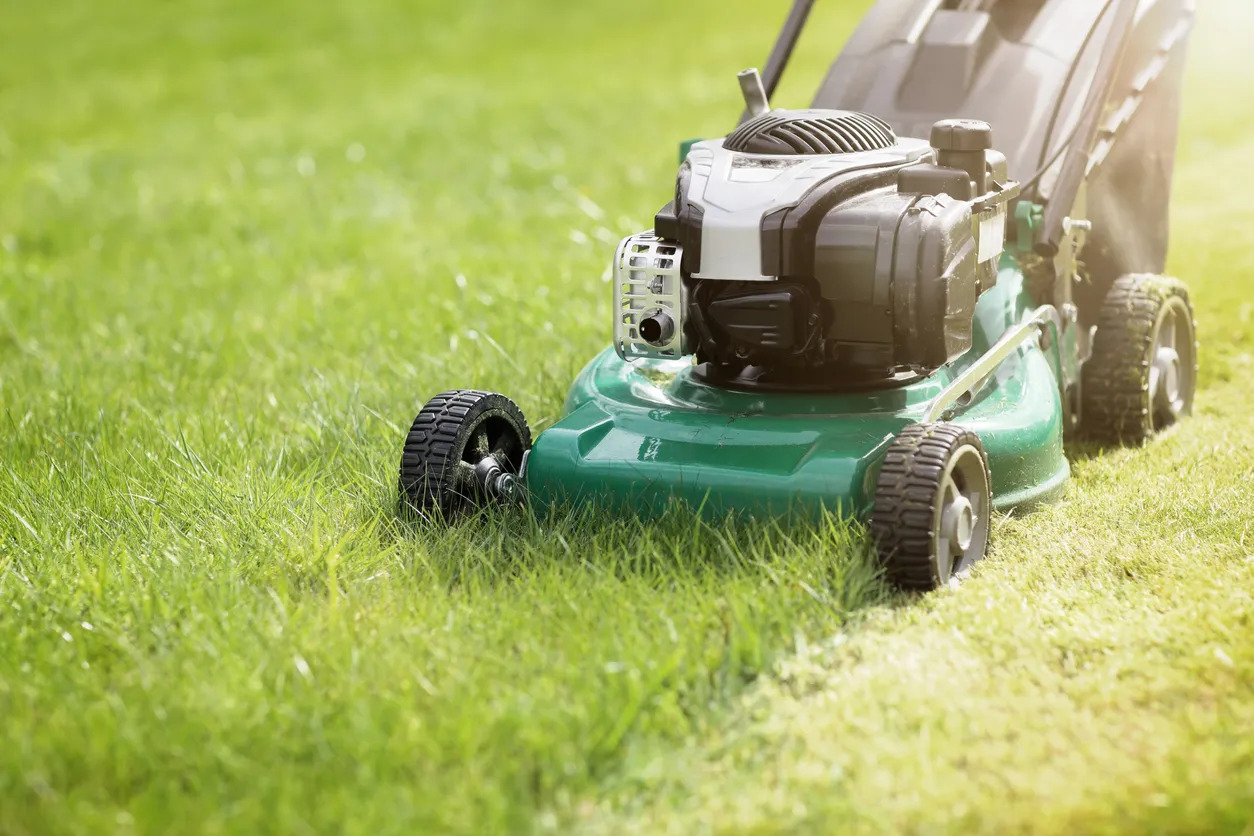
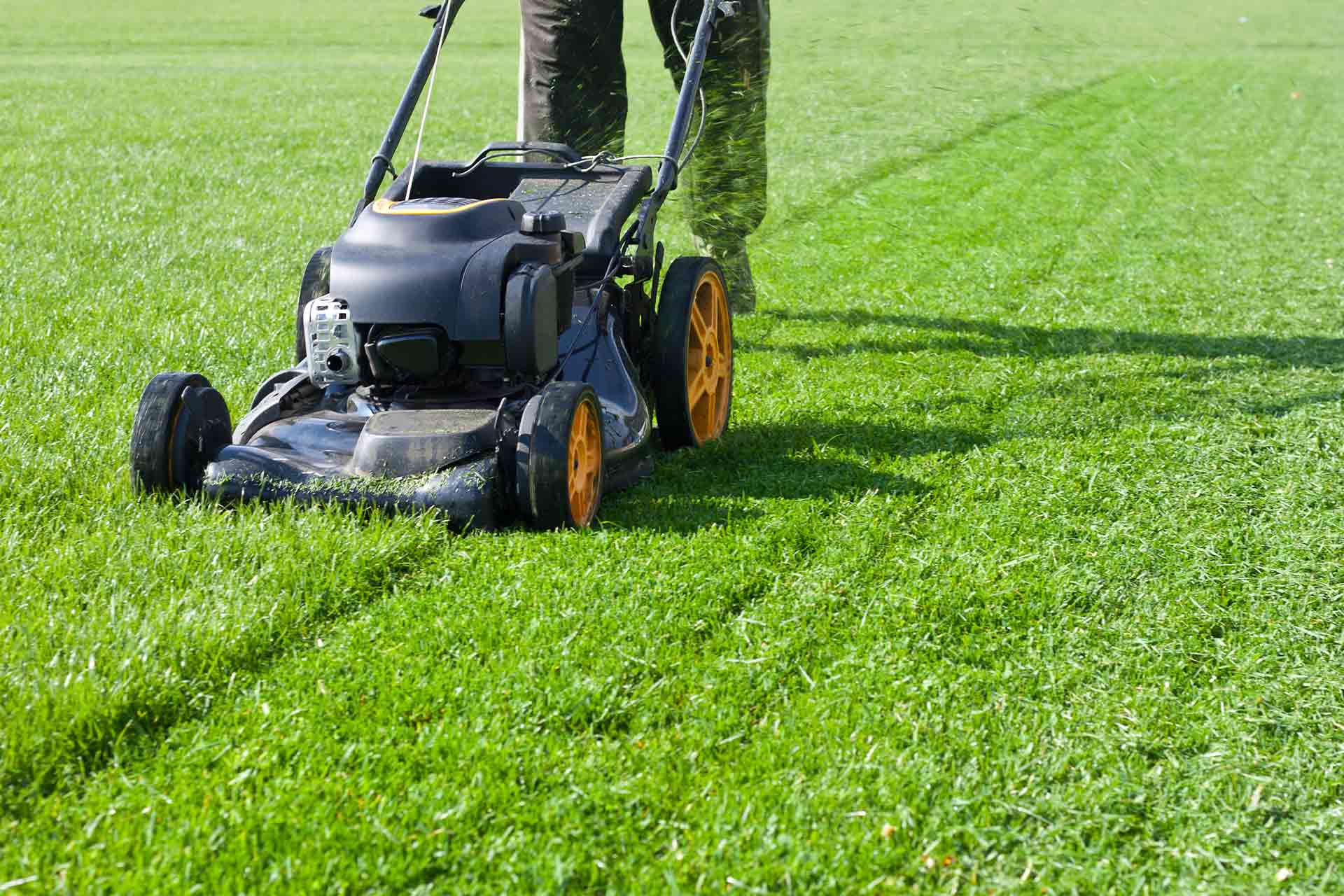
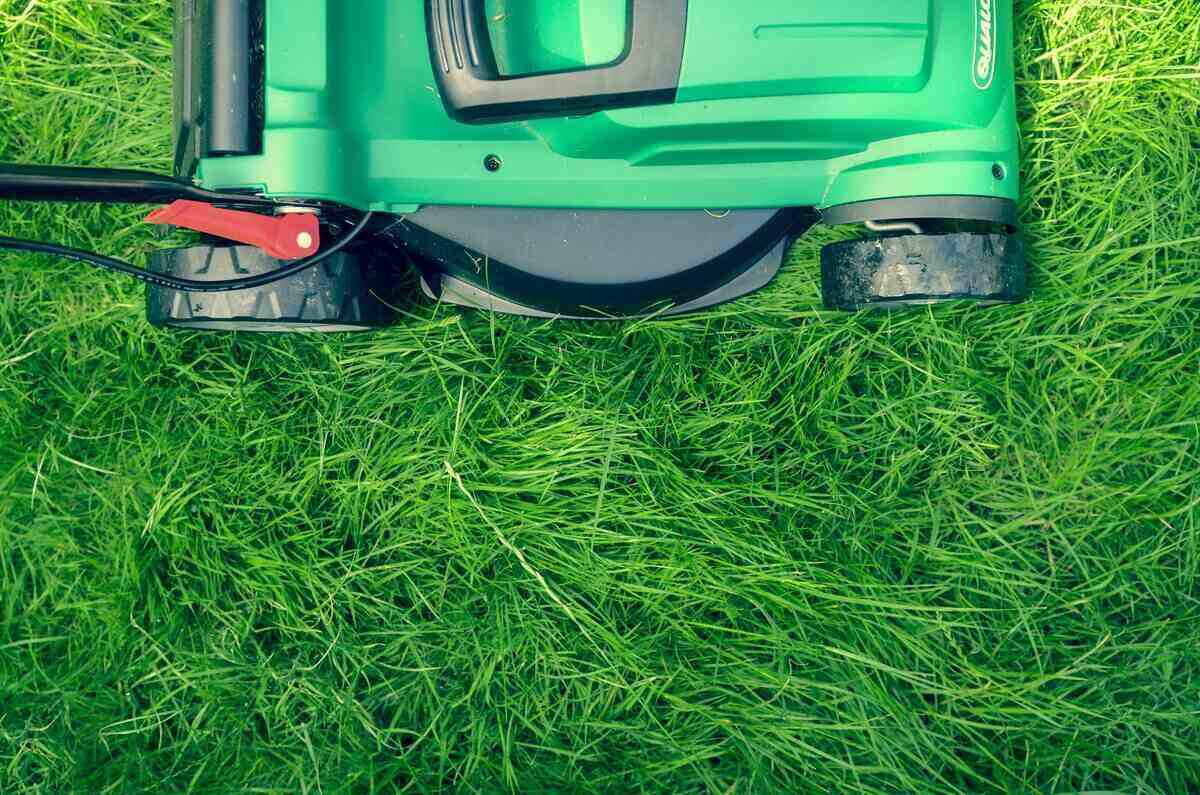
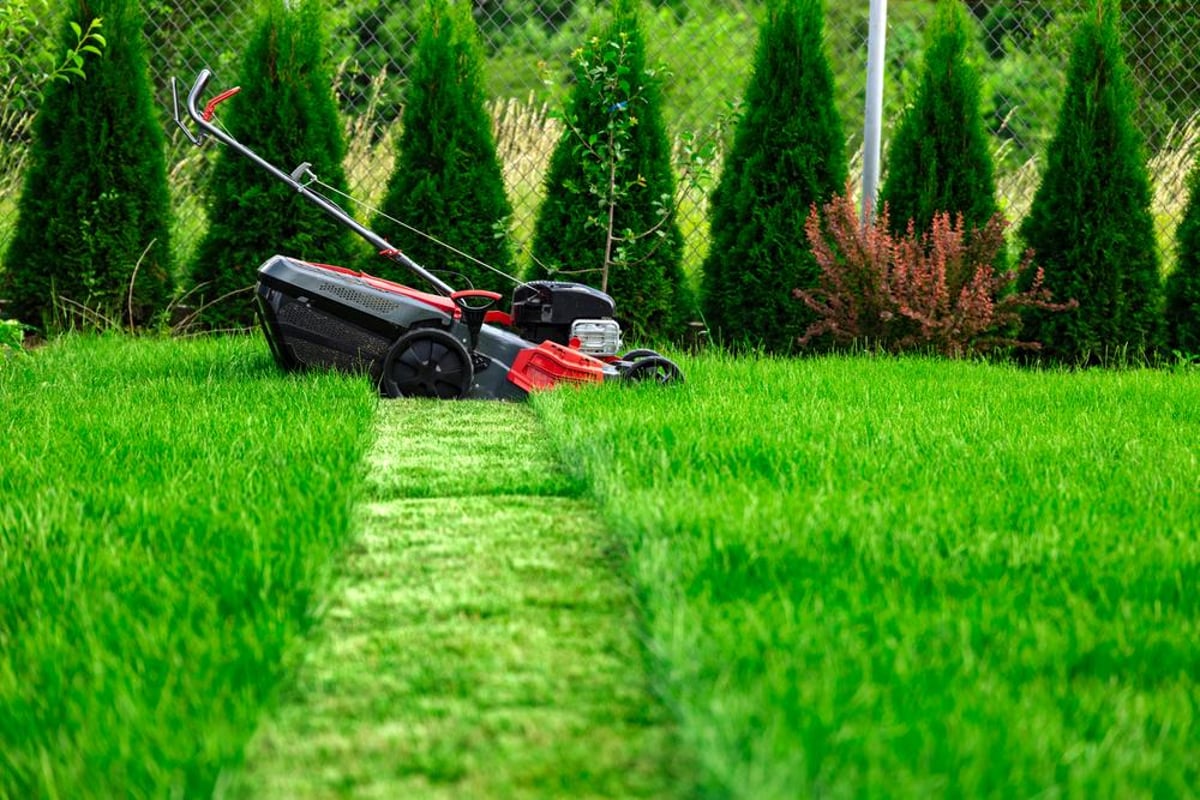
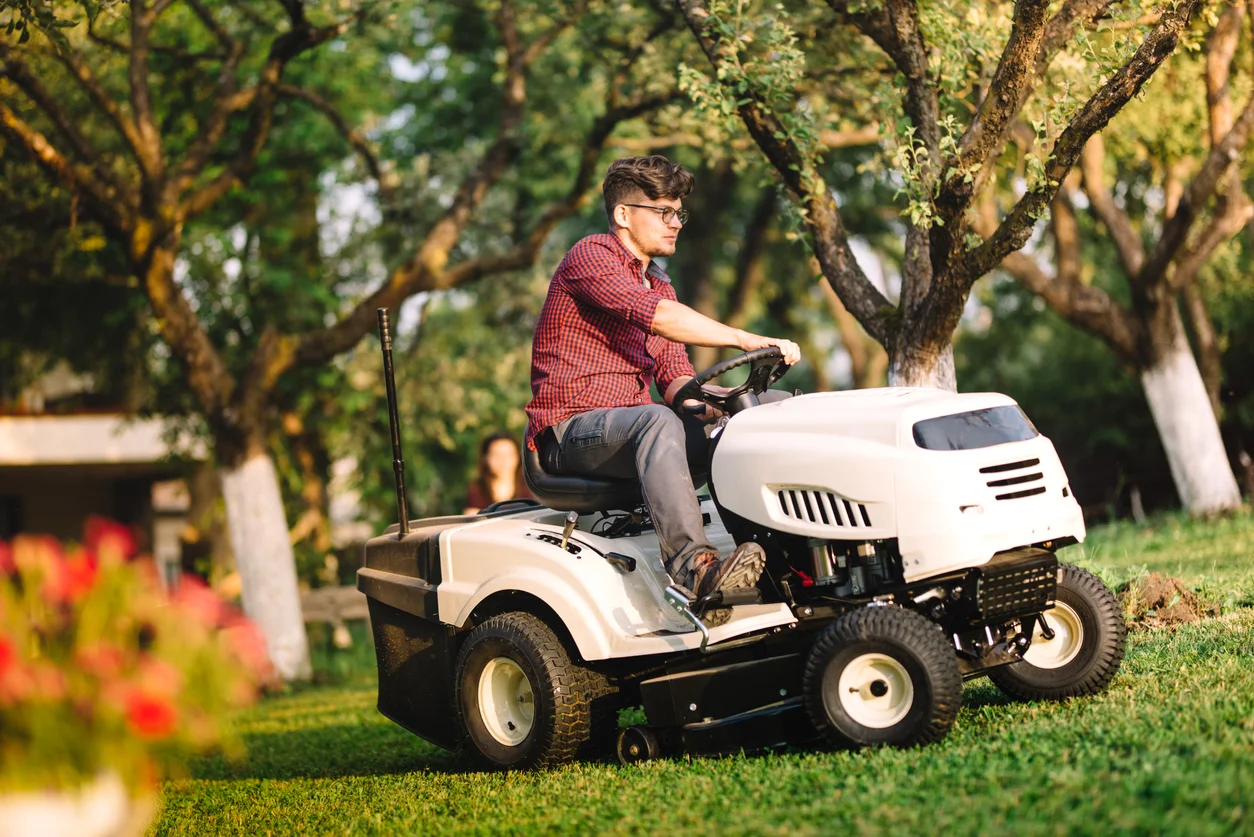
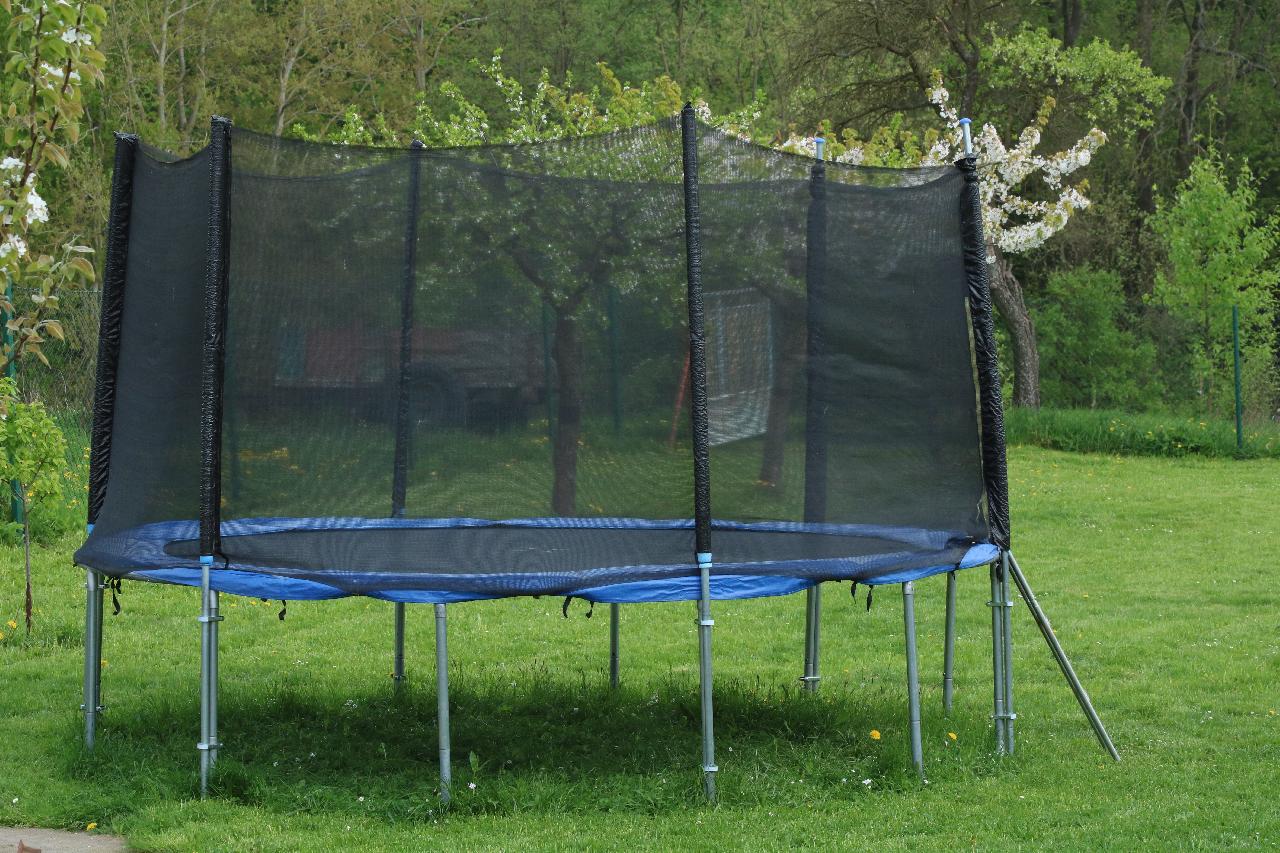

0 thoughts on “How Was Grass Cut In The 1800s”